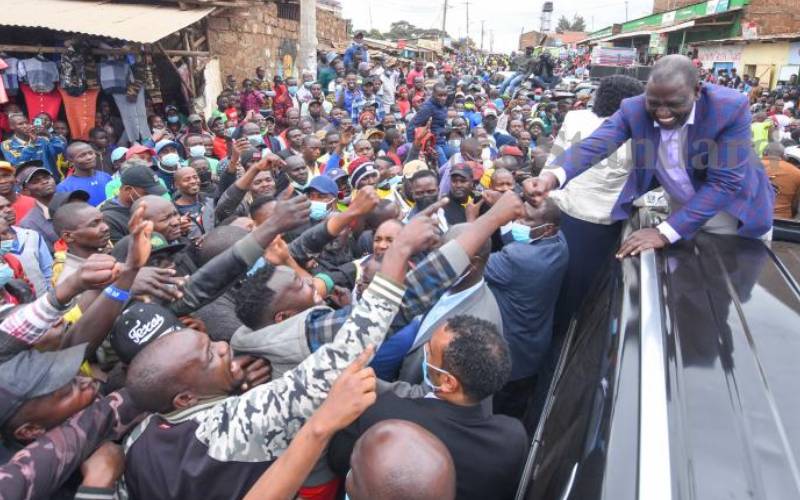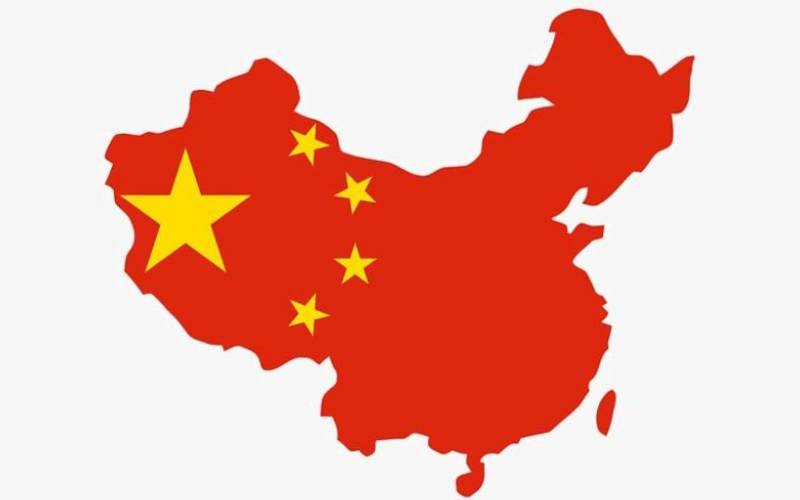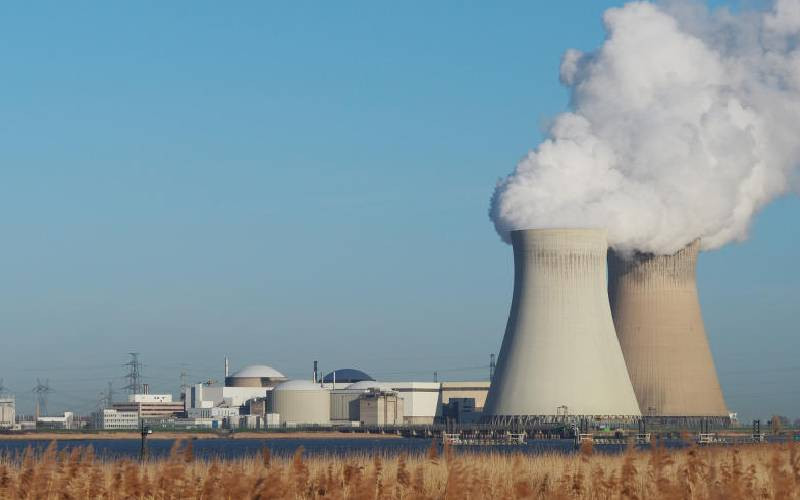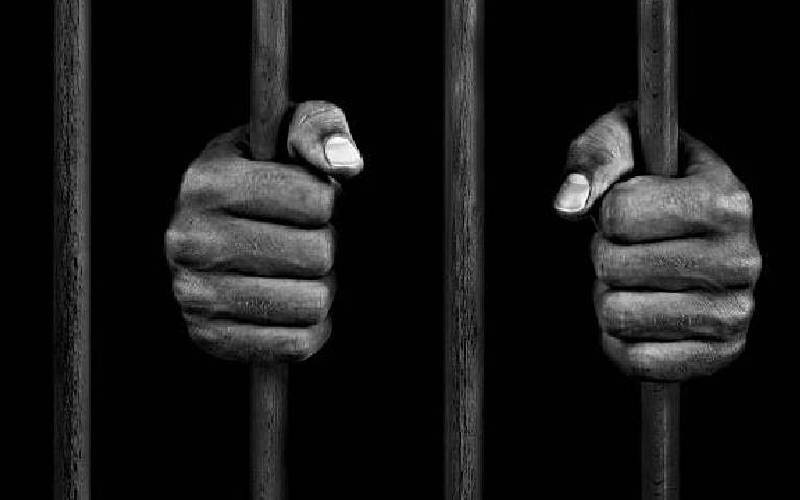
Bottom-up proponent DP William Ruto at Gatina, Kawangware. [Edward Kiplimo, Standard]
Unless something significant interrupts the current political motions, the battle for the presidency in next year’s elections appears perfectly centered on who provides the best model to revive the dwindling economic fortunes.
If this holds, it would be a massive diversion from the tribal-based machinations that many citizens have become accustomed to in the previous election cycles.
This is welcome as it is what most youths have demanded for years. For them, tribal inclinations don’t put food on their tables, better economic ideologies have a greater chance of improving their living standards.
Bottom-up economy is the phrase of the moment. Bottom-up economics entails growing the economy from the bottom upwards.
This involves sustained financial support for small to medium business owners, implementation of friendlier taxation regimes and distribution of appealing policies to pull the majority of Kenyans to participate in expanding the economy.
For its proponents, the key target areas are mama mbogas, the cart pullers, barbers and salon operators, kiosk owners, small scale farmers and those roasting maize by the roadsides, among others.
For the mama mbogas, for instance, to feel their economic contribution is appreciated, the government should encourage an inclusive approach by involving them in the economic pyramid via interest-free loans, better ways to grow the business and a friendlier taxation regime.
Bottom-up is the opposite of trickle-down economics. In trickle-down economics, growth starts at the top of the pyramid, the government accords more attention to the rich and big corporations, focusing more on policies to entice them into cascading part of their immense wealth to the lower echelons of the economy.
For the bottom-up, the government deliberately focuses on small to middle business groups, hoping it would have a positive impact on the lives of the majority of citizens and encourage them to invest in micro, small and medium enterprises (MSMEs).

In China, SMEs have contributed enormously to economic growth. [Courtesy]
A government begins to fail when it fails to recognise that its economic growth emanates mainly from small- to medium-scale businesses.
According to various studies, the MSMEs in Kenya contribute approximately 40 per cent of the country’s GDP. Despite this, only 1.5 million of the seven million MSMEs are licensed.
If the bottom-up approach is going to rope in close to six million unlicensed businesses into the formal economy then it deserves more attention.
If the government eases regulations, including the cost of licensing and doing business for small enterprises, tax collection will definitely go up.
Besides Kenya where small-scale businesses have contributed immensely to economic growth, South Africa SME sector has been found by various studies to employ 47 per cent of workforce and contributes more than 20 per cent of the country’s GDP.
In China, SMEs have contributed enormously to economic growth. China has ensured ease in conducting business and access to loans for SMEs as its largest contributor to economic growth. As a result, each year China adds about five million SMEs to its economy.
Since the economic upturn in China, SMEs have become one of the driving forces in the Asian country’s economy. In 2019, the number of SMEs was estimated to be over 38 million.
The bottom-up economic model is, therefore, not far-fetched. It has been tried successfully in other countries. Any criticism of it must come with better alternatives. That is how to enrich debate.
 The Standard Group Plc is a multi-media organization with investments in media platforms spanning newspaper print
operations, television, radio broadcasting, digital and online services. The Standard Group is recognized as a
leading multi-media house in Kenya with a key influence in matters of national and international interest.
The Standard Group Plc is a multi-media organization with investments in media platforms spanning newspaper print
operations, television, radio broadcasting, digital and online services. The Standard Group is recognized as a
leading multi-media house in Kenya with a key influence in matters of national and international interest.











